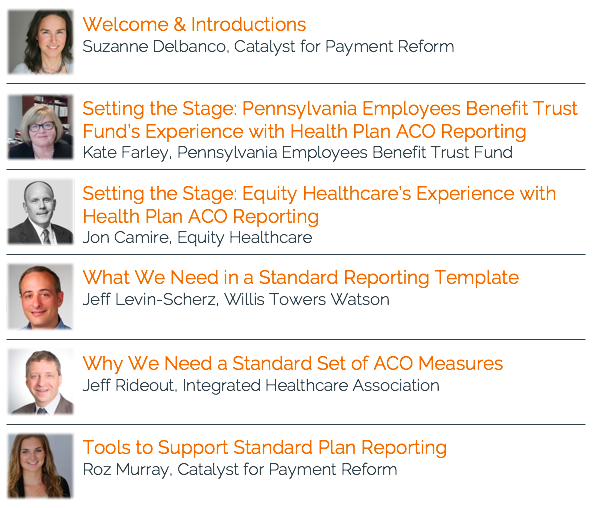
The Silver Tsunami of Aging Workers
The baby boomers are aging the United States’ population at an unprecedented rate. Some are calling it the Silver Tsunami. Approximately 10,000 baby boomers turn 65 every day and, by

The baby boomers are aging the United States’ population at an unprecedented rate. Some are calling it the Silver Tsunami. Approximately 10,000 baby boomers turn 65 every day and, by

Suzanne Delbanco checks in with Mike Stull, Chief Marketing Officer at Employers Health Coalition, to talk all things pharmacy. Listen in as Suzanne and Mike discuss what employers and health

At the risk of sounding like a broken record, once again Kaiser Family Foundation’s 2018 annual survey of employers demonstrated how health care costs in the United States continue to

Suzanne dials up her provider payment “guru”- Bob Berenson of the Urban Institute. Bob draws on his 20 years experience as an internal medicine doctor to answer Suzanne’s questions about

Can states combat rising prescription drug costs? The rising costs of prescription drugs is a high priority for patients, providers, payers, and purchasers at the state and federal levels. Kaiser

Overuse, misuse, and underuse of care are all types of inappropriate care that can result in negative patient outcomes and increased health care costs. In fact, it is estimated that

CPR’s senior project and research manager, Roz Murray, calls Jaime King, Associate Dean and Faculty Director of the UCSF/UC Hastings Consortium on Science, Law and Health Policy, to learn about

Data is beautiful, even when you’re looking at a monstrous thing like the $2.10 trillion dollars spent in U.S. health care in 2013. If you don’t believe me, check out

Did you know that the U.S. spends over $200 billion on mental health disorders, ranking it as one of the costliest areas of health care, even above heart conditions and

Why is it so important that employers pay close attention to their formularies? Emily Roesing calls Lauren Vela, Senior Director of Member Value at the Pacific Business Group on Health,

You’re probably aware that the U.S. spends a lot on cancer, but do you know how much? In 2014 roughly $88 billion was spent in the U.S. on cancer-related health care.

When Suzanne Delbanco called Dana Goldman, Director of the Schaeffer Center for Health Policy and Economics at the University of Southern California, she learned about what leads to waste in

We spend a lot of time at CPR thinking about rising pharmacy prices. Today, let’s look specifically at cancer drugs. According to the American Society of Clinical Oncology (ASCO), new

With the increasing cost of prescription drugs seeming never-ending, Suzanne waned to check in with the polling expert, Mollyann Brodie, Senior Vice President for Executive Operations at the Kaiser Family Foundation, to

Because CPR typically works with employers seeking to improve the value of the health care they buy for an employee population, we tend to focus on cost drivers impacting the

Last week, CPR explored the impact that health care prices have on health care costs—particularly in markets with less competition among hospitals and health systems. This week, we will explore

Suzanne asks Dr. Kavita Patel, a Nonresident Fellow at the Brookings Institution and a practicing primary care physician, the toughest questions about rising pharmacy prices. What’s behind the increase? Why

For any of us who work in health care – even as benefit managers – one of the questions we dread the most at a neighborhood BBQ or cocktail party is